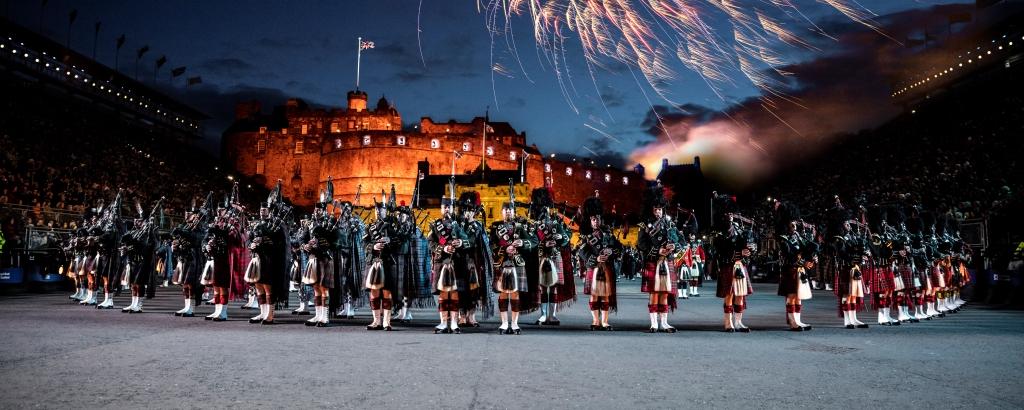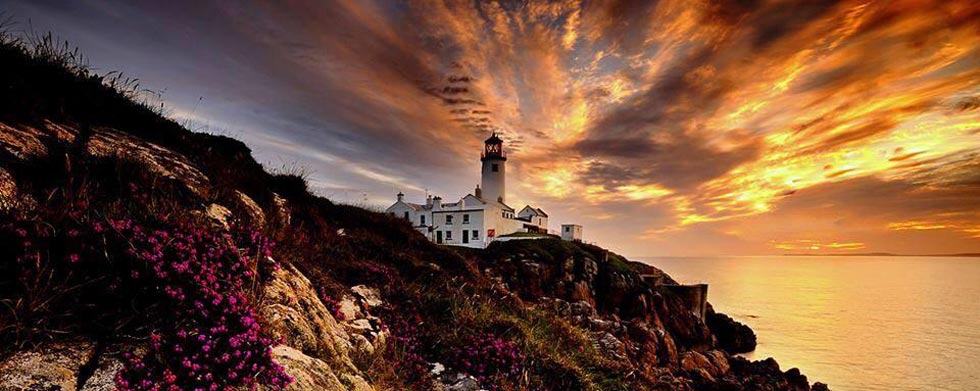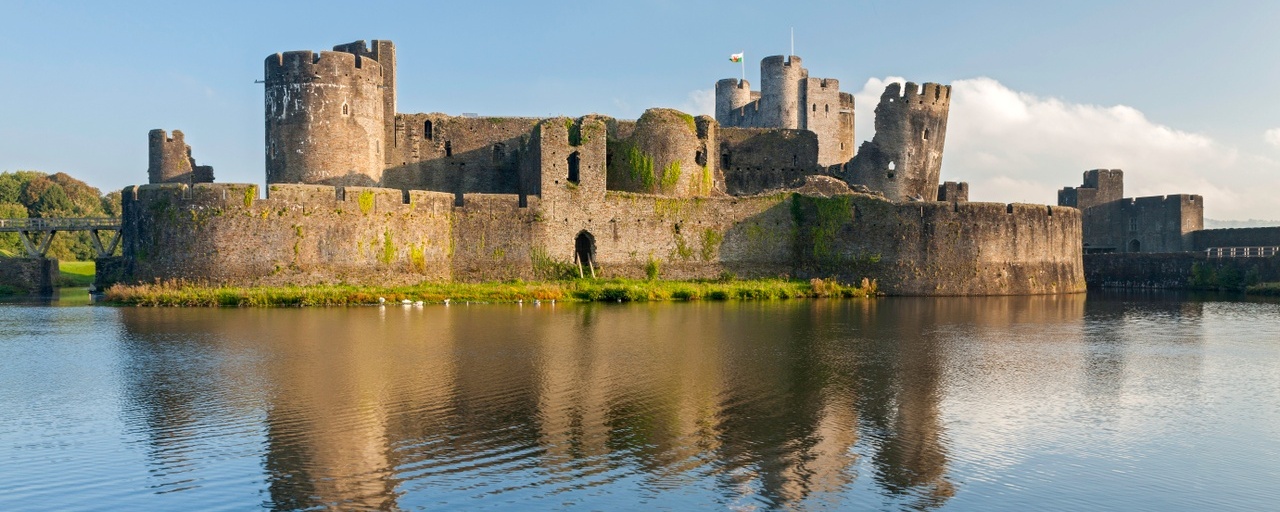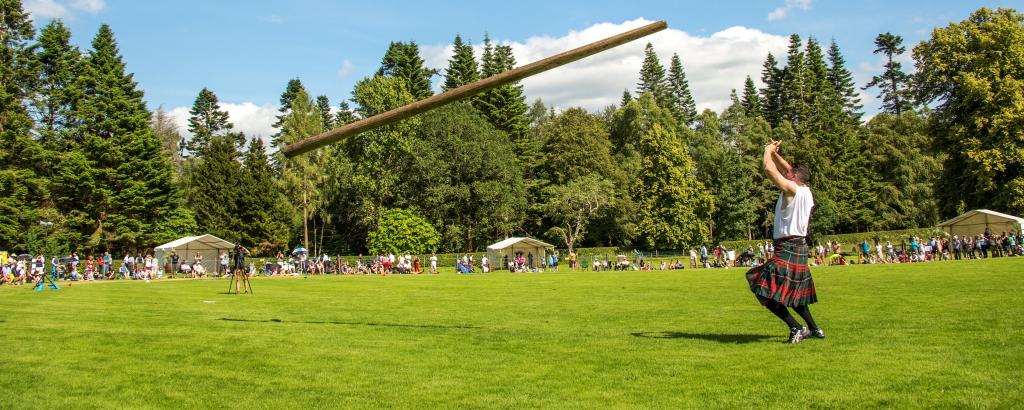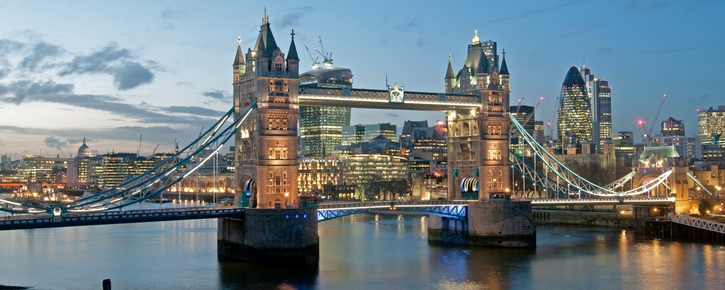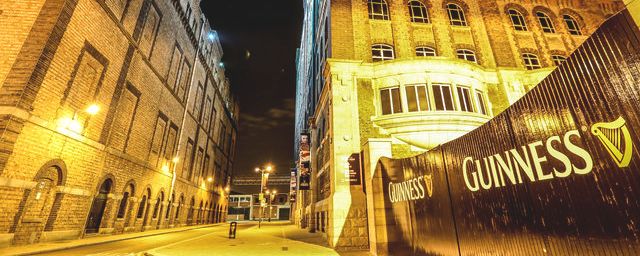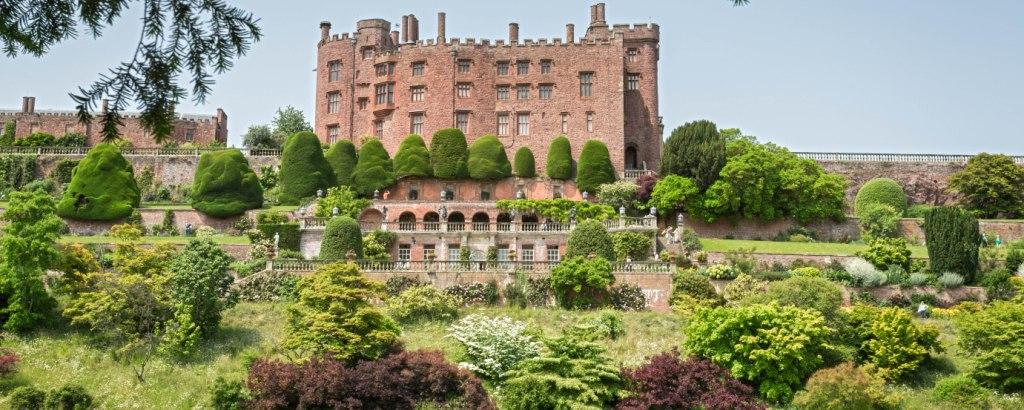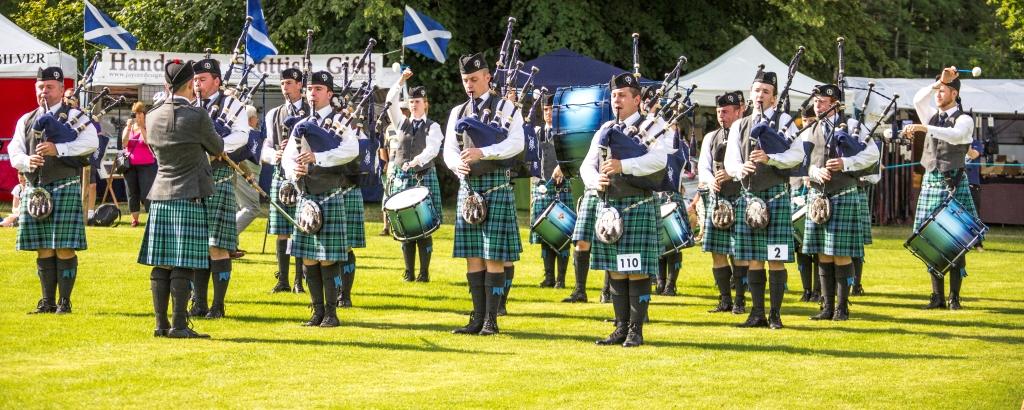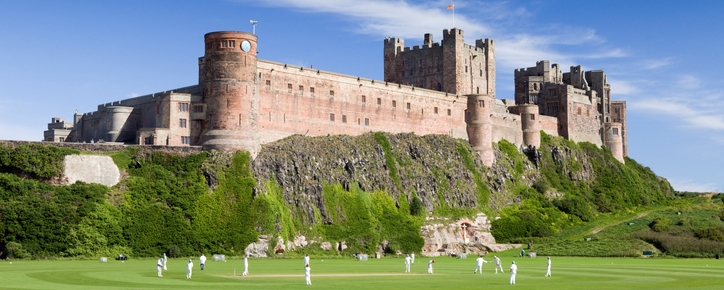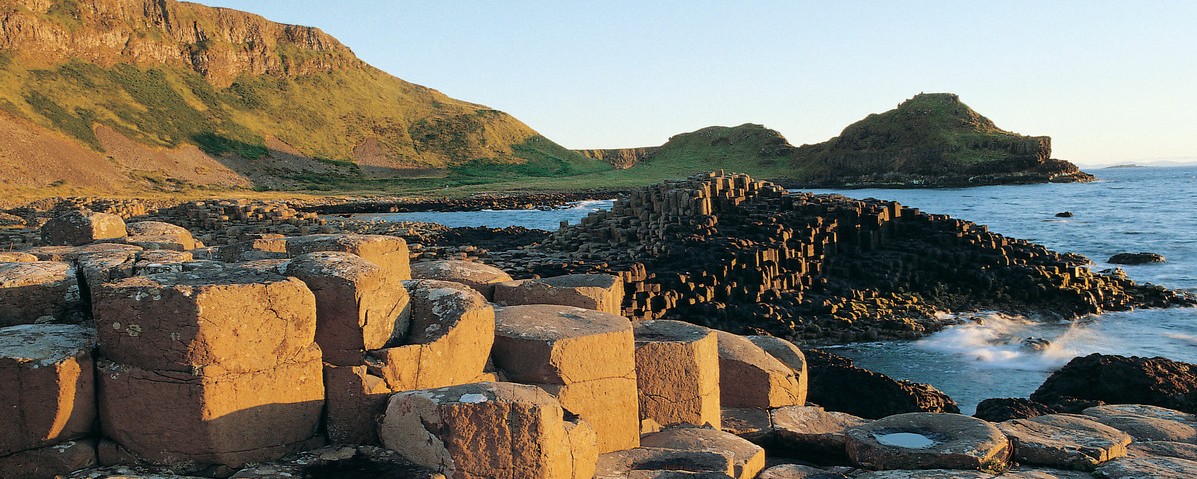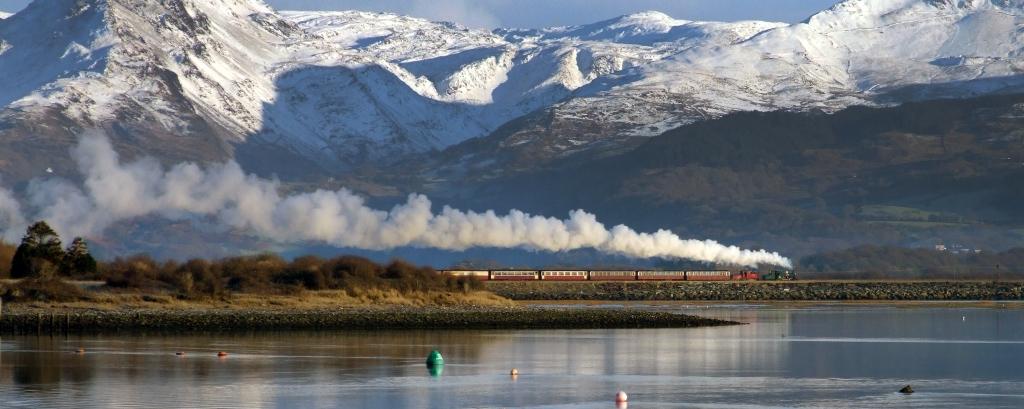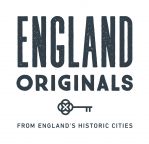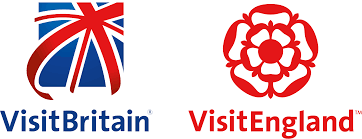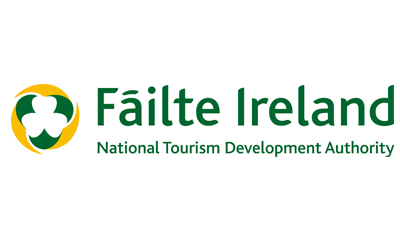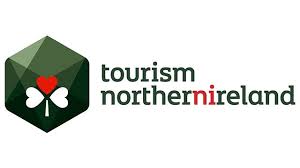Churchill tours explore Britain's wartime history
2025 marks the 80th anniversary of the end of the Second World War, and we have designed a range of unique tours, tailored to the requirements of you or your group, which take in the most important sites associated with Prime Minister Winston Churchill, as well as the places which played a key role in the war.
 Blenheim Palace, Winston Churchill’s birthplace © VisitBritain / Pete Seaward
Blenheim Palace, Winston Churchill’s birthplace © VisitBritain / Pete Seaward
A sample tour could include some or all of the following sites of interest, as well as the best hotels to meet your group’s needs, delicious meals in some of Britain’s finest restaurants and indeed, a range of other attractions to match your – or your clients’ – tastes. Tours can be as long or as short as you prefer, from a weekend overview to an in-depth fortnight or more.
The birthplace and ancestral home of Sir Winston Churchill, Blenheim Palace, is a magnificent country house in Oxfordshire and a UNESCO World Heritage Site. Churchill was born at Blenheim in 1874, the grandson of the 7th Duke of Marlborough, and spent a significant part of his life there. The Palace boasts a permanent Winston Churchill exhibition - enjoy a 360º degree tour here - and visitors can explore the Churchill Memorial Garden where he proposed to his beloved Clementine.
 The room at Blenheim Palace where Churchill was born © Blenheim Palace 2021
The room at Blenheim Palace where Churchill was born © Blenheim Palace 2021
As Prime Minister, Winston Churchill led the country from the House of Commons, within the iconic Palace of Westminster, also known as the Houses of Parliament. Churchill’s career in the Commons was the longest in the 20th century at over sixty four years and he described himself as a ‘Child of the House of Commons’. Enjoy a guided tour of the Houses of Parliament, taking in the magnificent Churchill Arch, with the bronze statue of Churchill beside it, and the 11th century Westminster Hall where Churchill’s body lay in state.
 The Houses of Parliament in London
The Houses of Parliament in London
The Churchill War Rooms, just a stone’s throw away from the Houses of Parliament, is a fascinating museum beneath the streets of London. It comprises the Cabinet War Rooms, a historic underground complex that housed a British government command centre throughout World War Two, and the Churchill Museum, exploring the life of the great statesman.
St Paul’s Cathedral was a source of inspiration for the British people throughout World War Two. Winston Churchill declared it must survive at all costs and, incredibly, it withstood the nightly bombing raids known as The Blitz. In 1944, St Paul’s bells rang out to celebrate the liberation of Paris and in 1945 services marking the end of war in Europe were attended by tens of thousands of people.
Buckingham Palace was the focus of British celebrations on VE Day in 1945 with King George VI, Queen Elizabeth, Princess Elizabeth (the future Queen), Princess Margaret and Prime Minster Churchill appearing on the balcony to cheers from the huge crowds.
 Buckingham Palace © VisitBritain / Andrew Pickett
Buckingham Palace © VisitBritain / Andrew Pickett
The Palace was bombed nine time during the war, including once when the King and Queen were in residence. However, while King George VI and Queen Elizabeth spent much of the war at Buckingham Palace, Princess Elizabeth and Princess Margaret lived mainly at Windsor Castle, away from their parents, like many other British children.
Bletchley Park in Northamptonshire was once the top secret home of the World War Two codebreakers, such as Alan Turing, who developed the machine which enabled the team there to break each day’s Enigma code so they could read encrypted German messages. Today, Bletchley Park is a museum which provides an incredible insight into to the living and working conditions of those who did so much to bring the war to an end.
 Bletchley Park by Will Amlot, courtesy of Bletchley Park Trust
Bletchley Park by Will Amlot, courtesy of Bletchley Park Trust
A splendid country house in Kent, Chartwell was Winston Churchill’s home for over forty years, until just before his death in 1965. Now a National Trust property (free entrance for Royal Oak members), Chartwell is filled with treasures from every aspect of Churchill’s life and the house and gardens provide an intimate insight into the wartime leader.
The outbreak of the Second World War saw the tunnels at Dover Castle on the English Channel coast converted into an air raid shelter and then later a military command centre and underground hospital. In May 1940, the evacuation of French and British soldiers from Dunkirk, codenamed Operation Dynamo, was directed from here. A visit to the tunnels today brings to life some of the challenges faced by those involved in defending Britain in World War Two.
 Secret wartime tunnels at Dover Castle © VisitBritain / Ben Selway
Secret wartime tunnels at Dover Castle © VisitBritain / Ben Selway
If you would like to extend your tour with a visit to Northern France to see the beaches synonymous with the Normandy Landings, as well as battle sites and museums, we can easily arrange that for you. A short hop over the Channel can also provide the opportunity to explore the World War One battlefields and memorials of North East France and Belgium.
If you or your group would like to experience your own tailor-made tour of Britain, exploring the wartime history of the country and following in the footsteps of Winston Churchill, one of its greatest leaders, please do contact our team today.
